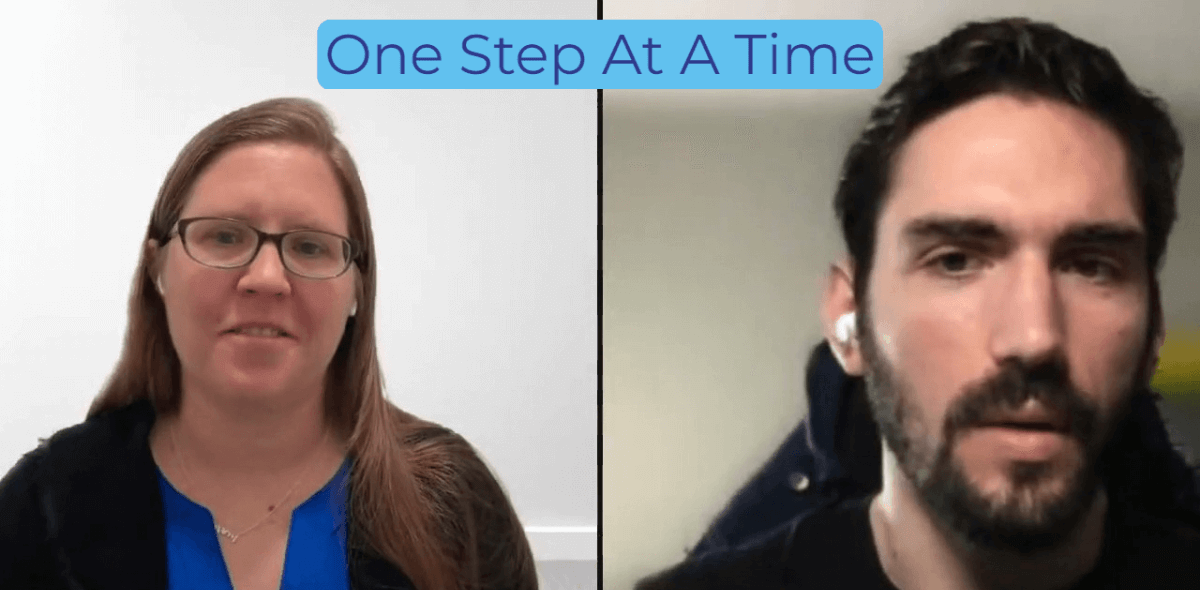7 Steps to Build a Personalized Continuous Learning Plan for Coders
In today's fast-paced world of technology, staying updated with the latest trends and advancements is crucial for coders. Continuous learning is key to staying relevant and competitive in the industry. However, with the abundance of resources and information available, it can be overwhelming to navigate through it all. That's why building a personalized continuous learning plan is essential to ensure you are focusing on the right skills and knowledge.
Step 1: Assess Your Current Skills
The first step in building a personalized continuous learning plan is to assess your current skills. Take some time to evaluate your strengths and weaknesses in different programming languages, frameworks, and technologies. This self-assessment will help you identify the areas where you need improvement and the skills you want to acquire.
Step 2: Set Clear Goals
Once you have assessed your current skills, it's time to set clear goals for your continuous learning journey. Define what you want to achieve in the short term and long term. Your goals should be specific, measurable, achievable, relevant, and time-bound (SMART goals). For example, you may want to learn a new programming language, master a specific framework, or become proficient in a particular technology.

Step 3: Research and Curate Learning Resources
After setting your goals, it's important to research and curate learning resources that align with your objectives. Look for online courses, tutorials, books, and forums that cover the topics you want to learn. Consider both free and paid resources, as each has its own advantages. Make sure to read reviews and recommendations to ensure the quality and relevance of the resources.
Step 4: Create a Learning Schedule
Creating a learning schedule will help you stay organized and make consistent progress towards your goals. Determine how much time you can dedicate to learning each day or week, and block out specific time slots on your calendar. Treat your learning sessions as important appointments that you cannot miss. Consistency is key when it comes to continuous learning.

Step 5: Implement Active Learning Techniques
Passive learning, such as watching video tutorials or reading books, is not enough to truly master new skills. Implement active learning techniques to enhance your understanding and retention. Practice coding exercises, work on real-world projects, participate in coding challenges, and engage in discussions with fellow coders. Applying what you learn in practical scenarios will solidify your knowledge and improve your problem-solving skills.
Step 6: Track Your Progress
Regularly track your progress to stay motivated and accountable. Keep a record of the courses you have completed, the projects you have worked on, and the skills you have acquired. Celebrate your achievements along the way, no matter how small they may seem. Reflect on your progress periodically and make adjustments to your learning plan if needed.

Step 7: Stay Updated with Industry Trends
Technology is constantly evolving, and new trends emerge regularly. Stay updated with the latest industry trends by following influential blogs, subscribing to newsletters, and joining online communities. Attend webinars, conferences, and meetups to network with other professionals and gain insights into the latest advancements. Continuous learning is not just about acquiring new skills but also staying aware of the changes happening in the industry.
Building a personalized continuous learning plan can be huge for coders who want to thrive in the ever-changing world of technology. By assessing your current skills, setting clear goals, curating learning resources, creating a learning schedule, implementing active learning techniques, tracking your progress, and staying updated with industry trends, you can ensure that you are constantly growing and improving as a coder. Embrace the mindset of lifelong learning and enjoy the journey of continuous self-improvement.
Posts you might like
- Navigating the Tech Job Market: Insights from Sabio Alumni and Cybersecurity Opportunities
- Embracing the Climb: A Leader's Growth Mindset Journey
- This is the Perfect Time to Dive into Coding and Automation, This is Why!
- Troubleshoot Like a Pro: The Art of Debugging in Programming
- Beyond Bootcamp: Diverse Career Avenues in Tech
- Spotting Burnout in Tech Job Hunts: 6 Warning Signs & Ways to Overcome It
- Get Hired: Essential Knowledge for Emerging Programmers
- 7 Steps to Build a Personalized Continuous Learning Plan for Coders
- Empower Your Journey: Benefits of Remote Code Bootcamps
- Proactive Steps: Daily Rituals for the Job-Hunting Programmer
- Don't Sabotage Your Tech Job Search: Mistakes to Skip
- Unleashing Opportunities: How Bootcamp Career Services Propel Success
- From Lines to Offers: How Your Coding Experience Shapes Market Value
- Optimizing Success: Your Attitude in Coding Bootcamps
- Roadmap to Success: Tech Job Hunt with a Coding Bootcamp Mentor
- Crafting Your Tech Startup Roadmap from Bootcamp Grad
- Tips for Creating a Resume That Gets Interviews for High-Experience Jobs After Coding Bootcamp
- Accelerate Your Career: Embrace Bootcamps for Real-World Programming Skills
- The Coding Craft: Essential Skills Learned at Bootcamps
- Bootcamp Bonds: Tapping into Networks for Tech Employment
- Coding Confidence Booster: The Benefits of Coding Mock Interviews
- Programming by the Clock: The Impact of Effective Time Management
- Coding Freedom: The Value of Learning at Your Own Speed
- Calm Code Journey: Overwhelm-Free Bootcamp Success
- Polish Your Pitch: Tech Interview Communication Essentials
- Inside the Loop: Coding Bootcamps and Tech Industry Strategies
- From Zero to Hired: Decode the Experience Question in Tech Interviews
- Solving the Puzzle: Refining Your Problem-Solving as a Programmer
- The Art of Practicality: Using Coding Languages Without Overlearning
- Practice Makes Perfect: The Key to Software Engineering Brilliance



